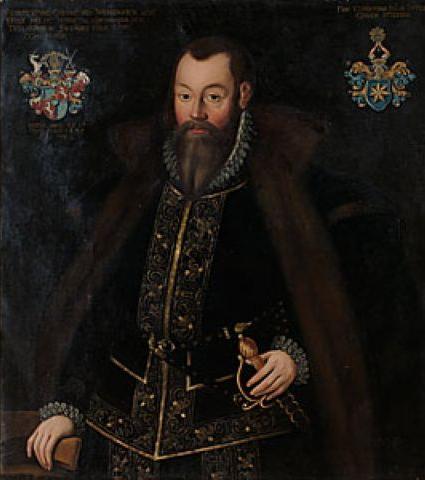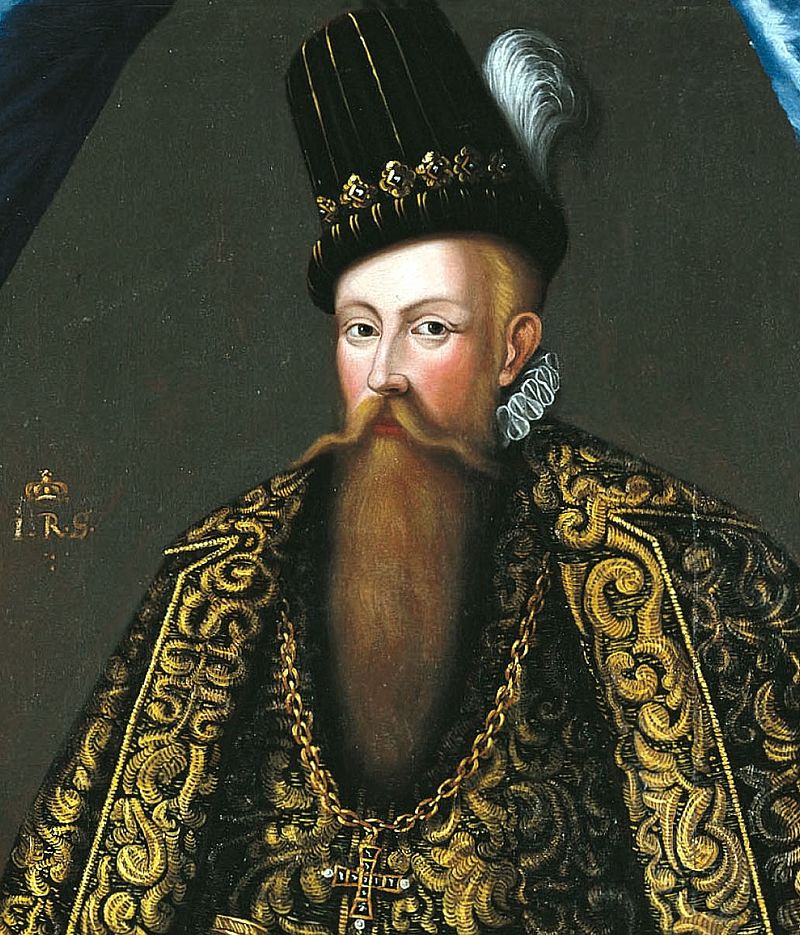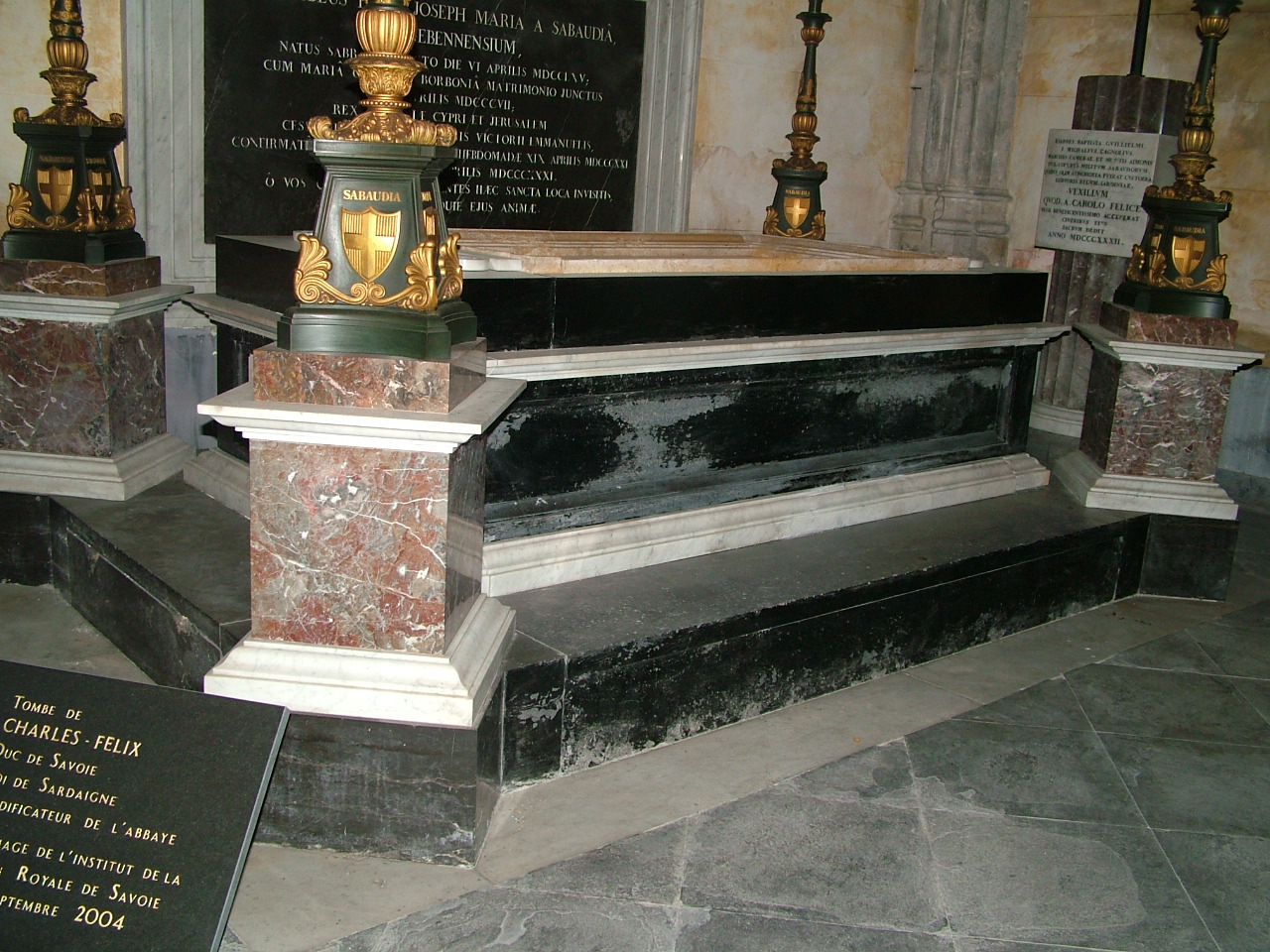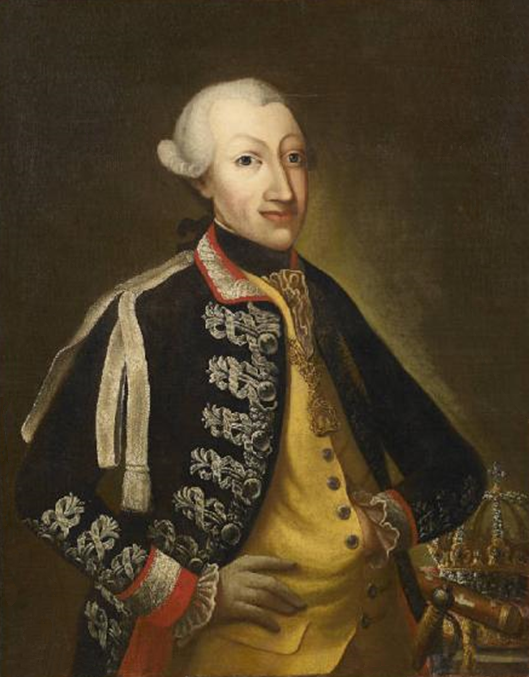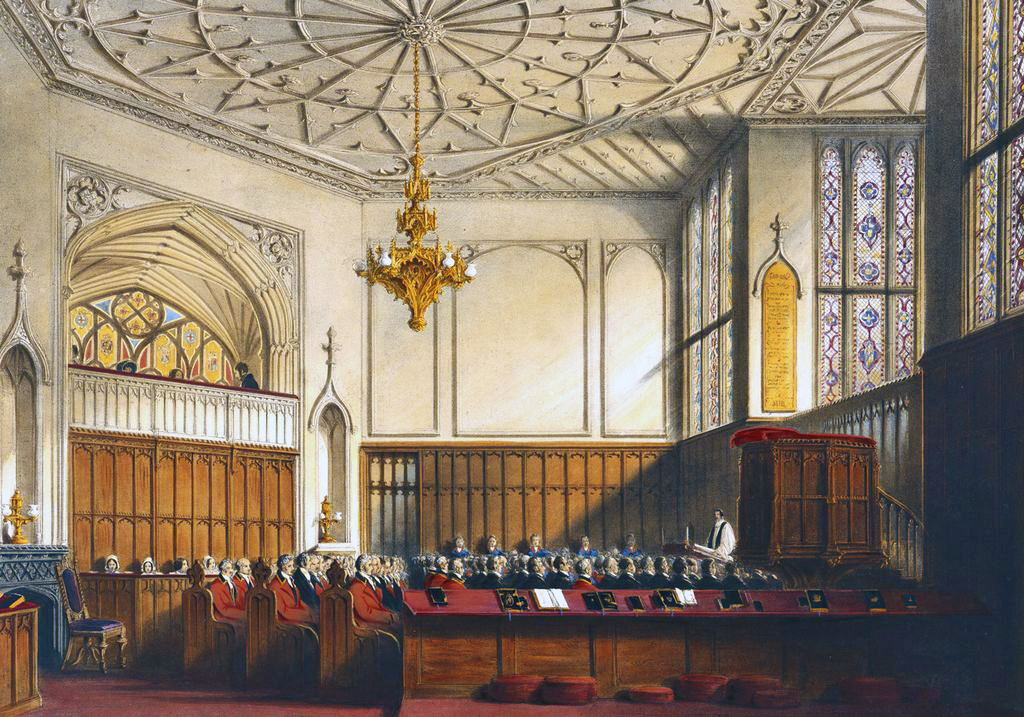by Susan Flantzer
© Unofficial Royalty 2021
The Kingdom of Sardinia: The House of Savoy had been Counts and then Dukes of Savoy, since the 11th century and ruled from the city of Turin, now in northern Italy. Vittorio Amedeo II, Duke of Savoy became King of Sicily in 1713 as a result of his participation in the War of the Spanish Succession. However, in 1720, Vittorio Amedeo II was forced to exchange the Kingdom of Sicily for the less important Kingdom of Sardinia after objections from the Quadruple Alliance (Great Britain, France, Habsburg Austria, and the Dutch Republic).
Sardinia, now in Italy, is the second-largest island in the Mediterranean Sea after Sicily, also now in Italy, but the Kings of Sardinia of the House of Savoy ruled from Turin, the capital of the Duchy of Savoy. They styled themselves as Kings of Sardinia because the title was superior to their original lesser title as Dukes of Savoy. However, they retained the regnal numerical order of the Dukes of Savoy.
Vittorio Emanuele II became the last King of Sardinia upon the abdication of his father in 1849. He then became a driving force behind the Italian unification movement along with Giuseppe Garibaldi, a general and nationalist, and Giuseppe Mazzini, a politician and journalist. Garibaldi conquered Naples and Sicily, the territories of the Kingdom of Two Sicilies, while the Sardinian troops occupied the central territories of the Italian peninsula, except Rome and part of Papal States. With all the newly acquired land, Vittorio Emanuele II was proclaimed the first King of the new, united Kingdom of Italy in 1861.
Note: Children of Kings of Sardinia were often styled “of Savoy” as their fathers were also Dukes of Savoy from the House of Savoy.
********************

Carlo Alberto, King of Sardinia; Credit – Wikipedia
Carlo Alberto, the senior male member of the House of Savoy-Carignano, a cadet branch of the House of Savoy, became King of Sardinia upon the death of Carlo Felice, King of Sardinia when the male line of the House of Savoy became extinct. Born on October 2, 1798, as the Palazzo Carignano in Turin, Duchy of Savoy, now in Italy, he was the only son and the eldest of the two children of Carlo Emanuele of Savoy, 6th Prince of Carignano and Maria Christina of Saxony. Vittorio Amedeo of Savoy, 5th Prince of Carignano and Joséphine of Lorraine were his paternal grandparents. Carlo Alberto’s maternal grandparents were Prince Karl of Saxony, Duke of Courland, son of King Augustus III of Poland, and Countess Franciszka Krasińska.
Carlo Alberto had one younger sister:
- Princess Elisabetta of Savoy (1800 – 1856), married Archduke Rainer of Austria, son of Leopold II, Holy Roman Emperor, had eight children including Adelaide of Austria who was the first wife of her first cousin, the son of Carlo Alberto, Vittorio Emanuele II, King of Sardinia, after her death, the first king of a united Italy
Carlo Alberto’s father Carlo Emanuele of Savoy, 6th Prince of Carignano had liberal French sympathies. In 1798, the French occupied Turin, the capital of the Duchy of Savoy, and the seat of power for the Kings of Sardinia. The royal family retreated to the island of Sardinia. However, Carlo Emanuele of Savoy, 6th Prince of Carignano went to Turin and became part of the Piedmont Republic set up by the French. The French became suspicious of Carlo Emanuele and confined him at the citadel in Turin. Eventually, he was sent to Paris where he lived in the home of a police officer who was in charge of monitoring him. On August 16, 1800, Carlo Emanuele of Savoy, 6th Prince of Carignano, aged 29, died of sudden paralysis. His son Carlo Alberto, not yet two years old, became the 7th Prince of Carignano.
The French had no intention of recognizing the family’s rights, titles, or property. However, Carlo Alberto’s mother Maria Christina of Saxony refused to send her son to the Savoy family in Sardinia. Instead, he received a liberal education at the Collège Stanislas in Paris, and after his mother moved to Geneva, Switzerland from Jean-Pierre Etienne Vaucher, a follower of Jean-Jacques Rousseau whose political philosophy influenced the progress of the Enlightenment throughout Europe.

Carlo Alberto in his youth; Credit – Wikipedia
After the defeat of Napoleon in 1814, the re-establishment of peace in Europe meant that the King and the royal family of the Kingdom of Sardina could return to Turin, and so did Carlo Alberto. Sixteen-year-old Carlo Alberto arrived in Turin on May 24, 1814, and was warmly greeted by Vittorio Emanuele I, King of Sardina and his wife Maria Theresa of Austria-Este. The property and lands of Carlo Alberto’s family were restored to him and he was granted the Palazzo Carignano as a residence. Because neither Vittorio Emanuele I nor his younger brother and eventual successor Carlo Felice had sons, Carlo Alberto was second in line to the throne of Sardinia after Carlo Felice. He was given tutors to try to counter the liberal ideas that he had been taught in Paris and Geneva.

Carlo Alberto’s wife Maria Theresa in the year of her marriage; Credit – Wikipedia
A bride was chosen for Carlo Alberto, Archduchess Maria Theresa of Austria, Princess of Tuscany, the daughter of Ferdinando III, Grand Duke of Tuscany and Maria Luisa of Naples and Sicily. On September 30, 1817, Carlo Alberto and Maria Theresa were married in Florence, Grand Duchy of Tuscany, now in Italy. A nuptial blessing was held on October 2, 1817, at Florence Cathedral.

Maria Theresa and her two sons; Credit – Wikipedia
Carlo Alberto and Maria Theresa had three children:
- Vittorio Emanuele II, King of Sardinia, later King of Italy (1820 – 1878), became the first king of united Italy, married (1) Adelheid of Austria and had eight children (2) married morganatically Rosa Vercellana, created 1st Countess of Mirafiori and Fontanafredda, had two sons
- Ferdinando of Savoy, Duke of Genoa (1822 – 1855) married Elisabeth of Saxony, had two children including Margherita who married her first cousin Umberto I, King of Italy
- Maria Cristina of Savoy (1826 – 1827), died in infancy
In March 1821, liberal revolutions were occurring throughout Italy. However, Vittorio Emanuele I, King of Sardinia was not willing to grant a liberal constitution so he abdicated the throne of Sardinia in favor of his brother Carlo Felice on March 13, 1821, but remained Duke of Savoy until his death. Because Carlo Felice was in the Duchy of Modena at the time, Vittorio Emanuele temporarily appointed Carlo Alberto as regent. Carlo Alberto made concessions to the rebels and put a liberal constitution into effect. However, when Carlo Felice returned, he abolished the new constitution and ruled as an absolute monarch.
In 1830, Carlo Felice’s health began to suffer. On April 24, 1831, he summoned Carlo Alberto and the entire government to his sickbed and officially declared Carlo Alberto to be his successor. Three days later, Carlo Felice, King of Sardinia died and Carlo Alberto succeeded him. The throne passed to the House of Savoy-Carignano and the direct male line of the House of Savoy came to an end.

Carlo Alberto in his coronation robes; Credit – Wikipedia
Carlo Alberto initially continued Carlo Felice’s conservative policies. He entered into a military alliance with Austria and suppressed liberal movements. However, he did institute reform projects early in his reign including creating a code of law based on the Napoleonic Code, reorganizing the military, and supporting the arts and science. By 1840, his political philosophy had become moderately liberal and he began to turn against Austria. On March 4, 1848, Carlo Alberto approved a constitution, the Albertine Statute, that established a constitutional monarchy. The Albertine Statute later became the constitution of the unified Kingdom of Italy and remained enforced, with changes, until 1948.

Carlo Alberto, King of Sardinia signing the Albertine Statute; Credit – Wikipedia
In 1848, Carlo Alberto attempted to rid the Italian peninsula of Austria ruled and supported states resulting in the First Italian War of Independence, part of the Italian Unification. After his forces were defeated by the Austrian forces at the Battle of Novara, Carlo Alberto immediately abdicated in favor of his son Vittorio Emanuele. Vittorio Emanuele II, King of Sardinia then became a driving force behind the Italian unification movement along with Giuseppe Garibaldi, a general and nationalist, and Giuseppe Mazzini, a politician and journalist. Garibaldi conquered Naples and Sicily, the territories of the Kingdom of Two Sicilies, while the Sardinian troops occupied the central territories of the Italian peninsula, except Rome and part of Papal States. With all the newly acquired land, Vittorio Emanuele II was proclaimed the first King of the new, united Kingdom of Italy in 1861.
On March 24, 1849, the day after his defeat at the Battle of Novara, Carlo Alberto left the Italian peninsula and wound up in Porto, Portugal on April 19, 1849. During his travels to Portugal, he became ill with a liver condition. He stayed for two weeks at the Hotel do Peixe in Porto and his condition worsened. Carlo Alberto accepted the offer from a private individual of a home on the Rua de Entre Quintas in Porto with an ocean view.
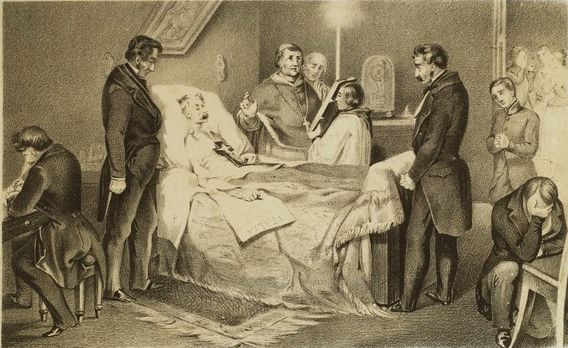
Carlo Alberto’s deathbed; Credit – Wikipedia
Although Carlo Alberto had coughing fits and two heart attacks, his doctors considered the liver condition more serious. By early July 1849, his coughing fits were more frequent and he could no longer get out of bed. After being in quite a serious condition on July 27, Carlo Alberto seemed to improve on July 28, 1849, but then his condition seriously deteriorated after a third heart attack. He was given last rites, fell asleep with a crucifix on his chest, and died at 3:30 PM at the age of 50.

Tomb of Carlo Alberto, King of Sardinia; Credit – Wikipedia
Carlo Alberto’s remains were returned to Turin, Duchy of Savoy, now in Italy, where his funeral took place on October 13, 1849, at the Turin Cathedral. He was buried at the Basilica of Superga in Turin, the traditional burial site of the House of Savoy.
This article is the intellectual property of Unofficial Royalty and is NOT TO BE COPIED, EDITED, OR POSTED IN ANY FORM ON ANOTHER WEBSITE under any circumstances. It is permissible to use a link that directs to Unofficial Royalty.
Works Cited
- De.wikipedia.org. 2021. Karl Albert (Sardinien-Piemont) – Wikipedia. [online] Available at: <https://de.wikipedia.org/wiki/Karl_Albert_(Sardinien-Piemont)> [Accessed 4 July 2021].
- En.wikipedia.org. 2021. Charles Albert of Sardinia – Wikipedia. [online] Available at: <https://en.wikipedia.org/wiki/Charles_Albert_of_Sardinia> [Accessed 4 July 2021].
- It.wikipedia.org. 2021. Carlo Alberto di Savoia – Wikipedia. [online] Available at: <https://it.wikipedia.org/wiki/Carlo_Alberto_di_Savoia> [Accessed 4 July 2021].
- It.wikipedia.org. 2021. Carlo Emanuele di Savoia-Carignano – Wikipedia. [online] Available at: <https://it.wikipedia.org/wiki/Carlo_Emanuele_di_Savoia-Carignano> [Accessed 4 July 2021].




